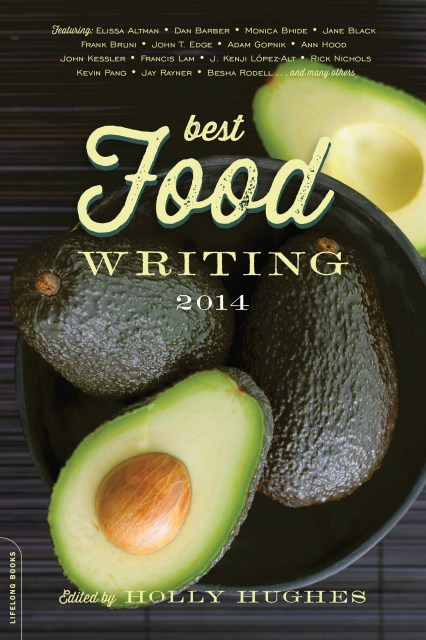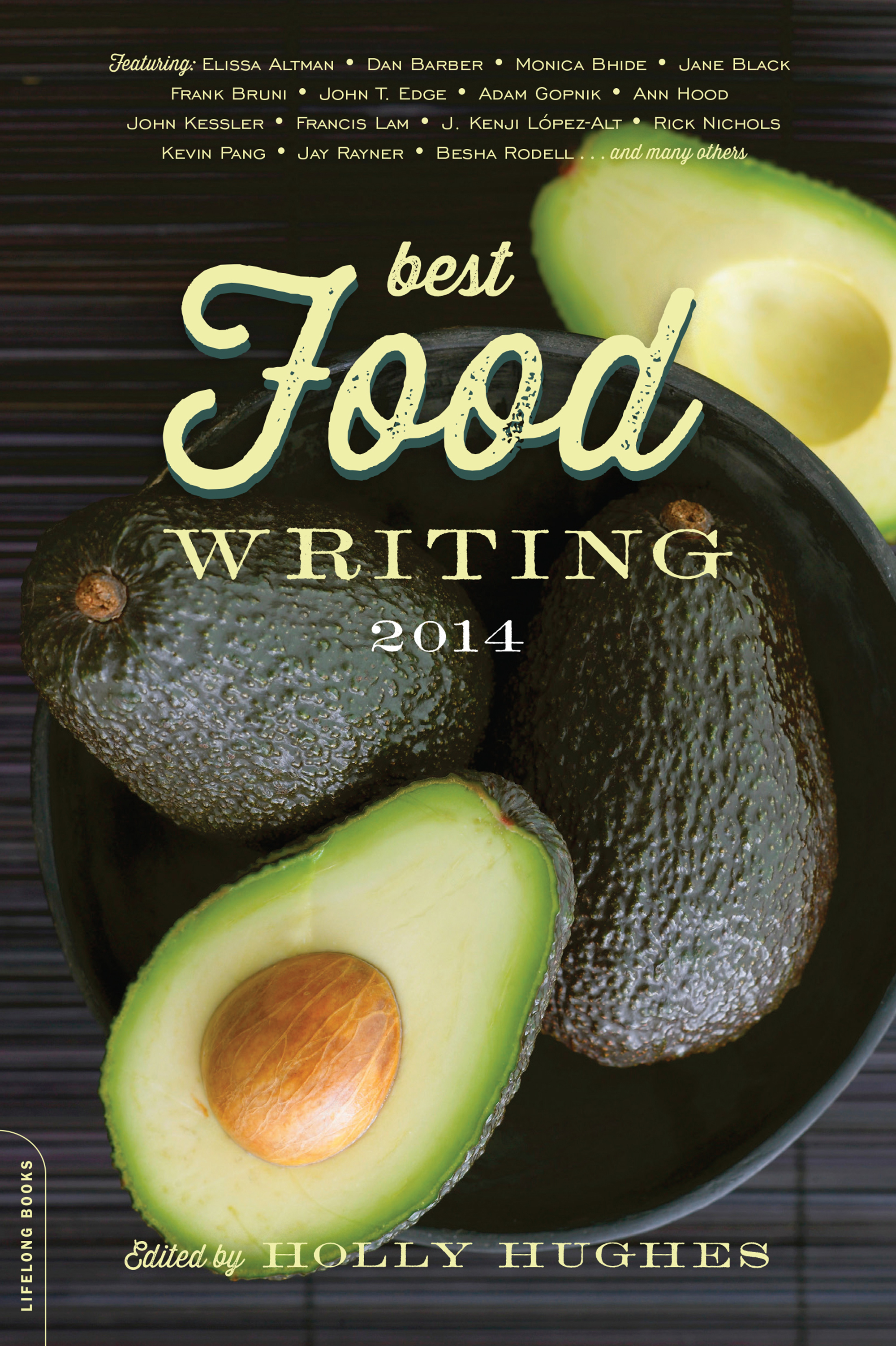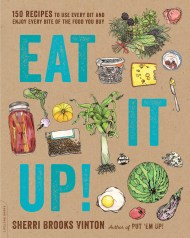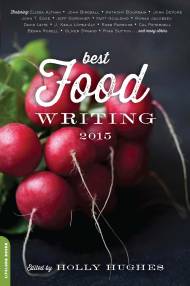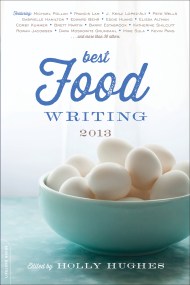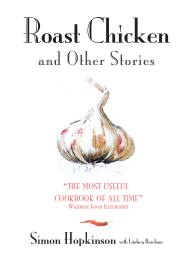Promotion
Use code MOM24 for 20% off site wide + free shipping over $45
Best Food Writing 2014
Contributors
Edited by Holly Hughes
Formats and Prices
Price
$9.99Price
$12.99 CADFormat
Format:
ebook $9.99 $12.99 CADThis item is a preorder. Your payment method will be charged immediately, and the product is expected to ship on or around October 14, 2014. This date is subject to change due to shipping delays beyond our control.
Also available from:
For fourteen years, Best Food Writing has served up the creme de la creme of the year’s food writing. The 2014 edition once again offers the tastiest prose of the year, from a range of voices: food writing stars, James Beard Award winners, writer-chefs, bestselling authors, and up-and-coming bloggers alike. With new sections devoted to “A Table for Everyone” and “Back to Basics,” you’ll find a topic and a flavor for every appetite—the cutting-edge, the thoughtful, the provocative, and the hilarious—a smorgasbord of treats for the foodie in all of us.
Contributors include: Elissa Altman, Dan Barber, Monica Bhide, Sara Bir, John Birdsall, Jane Black, Frank Bruni, Albert Burneko, Tom Carson, Brent Cunningham, John T. Edge, Barry Estabrook, Amy Gentry, Adam Gopnik, Matt Goulding, John Gravois, Alex Halberstadt, Sarah Henry, Jack Hitt, Steve Hoffman, Ann Hood, Silas House, Rowan Jacobsen, John Kessler, Kate Krader, Francis Lam, David Leite, Irvin Lin, J. Kenji Lopez-Alt, Daniella Martin, Dave Mondy, Erin Byers Murray, Rick Nichols, Kim O’Donnel, Josh Ozersky, Kevin Pang, Ben Paynter, Michael Procopio, Jay Rayner, Besha Rodell, Anna Roth, Adam Sachs, Eli Saslow, David Sax, Oliver Strand, Laura Taxel, JT Torres, Molly Watson, Joe Yonan, Eagranie Yuh
Contributors include: Elissa Altman, Dan Barber, Monica Bhide, Sara Bir, John Birdsall, Jane Black, Frank Bruni, Albert Burneko, Tom Carson, Brent Cunningham, John T. Edge, Barry Estabrook, Amy Gentry, Adam Gopnik, Matt Goulding, John Gravois, Alex Halberstadt, Sarah Henry, Jack Hitt, Steve Hoffman, Ann Hood, Silas House, Rowan Jacobsen, John Kessler, Kate Krader, Francis Lam, David Leite, Irvin Lin, J. Kenji Lopez-Alt, Daniella Martin, Dave Mondy, Erin Byers Murray, Rick Nichols, Kim O’Donnel, Josh Ozersky, Kevin Pang, Ben Paynter, Michael Procopio, Jay Rayner, Besha Rodell, Anna Roth, Adam Sachs, Eli Saslow, David Sax, Oliver Strand, Laura Taxel, JT Torres, Molly Watson, Joe Yonan, Eagranie Yuh
Genre:
-
Booklist, 10/1/14
“This book is a menu of delicious food, colorful characters, and tales of strange and wonderful food adventures that make for memorable meals and stories.”
Kirkus, 10/15/14
“Consistent in quality and enthusiasm, Hughes again delivers a cornucopia of varietal amusements for foodophiles whose palates crave invigorating interpretations and perspectives.”
Hudson Valley News, 9/17/14
“Browse, read a bit, browse some more and then head for the kitchen.”
Bookviews, November 2014
“Plenty to enjoy.”
Library Journal, 11/1/14
“This collection has something for connoisseurs, short story fans, and anyone hungry for a good read.”
Taste for Life, November 2014
“The finest in culinary prose is offered in this new anthology…these pages delight and inform readers with entertaining and provocative essays…This book ultimately opens readers' eyes to honest, real food and the personal stories of the people behind it.”
Beverly Citizen, 11/13/14
“[A] gem of an anthology…Though this is most definitely a book that can satisfy in small bites—like a box of good chocolates—it's hard to stop at one piece.”
- On Sale
- Oct 14, 2014
- Page Count
- 352 pages
- Publisher
- Da Capo Lifelong Books
- ISBN-13
- 9780738217925
Newsletter Signup
By clicking ‘Sign Up,’ I acknowledge that I have read and agree to Hachette Book Group’s Privacy Policy and Terms of Use
